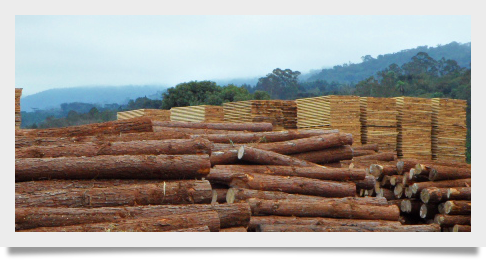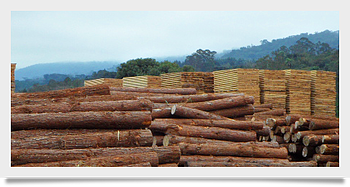2 min read
Cost Reductions: The New Motto of all Brazilian Wood Consumers
 Marcelo Schmid
:
October 26, 2015
Marcelo Schmid
:
October 26, 2015

Cost reductions will always be an objective for wood consuming mills, especially in times of economic recession like Brazil is now facing. Economists are undecided on Brazil’s growth prospects in 2016. Even in the most optimistic scenario, experts believe the economy will not recover until the second half of 2016, and some specialists are pushing this date to mid-2017. Until the recovery begins, forest products companies in Brazil will continue to cut costs and postpone investments.
It is a worn truism that companies can’t manage what they can’t measure. If a company is to reach its cost reduction objectives, for instance, a detailed evaluation of the wood supply chain is required. Global competition for paper and wood products is putting downward pressure on end-product pricing while increased demand for fiber is putting upward pressure on wood raw materials. In such a market cycle, properly performing an evaluation to diagnose inefficiencies is crucial. Only when diagnosed can the wood supply chain be managed for improved efficiency.
While wood markets differ by region, there are more similarities than there are differences when it comes to wood raw material supply chains, and there is much to be learned from these similarities. To really understand its wood costs within the market, a company needs to compare itself to an appropriate reference group, customized by desired criteria, whether that is a specific market region or a group of similar companies (for instance, all same-scale pulp mills selling into a specific market). A detailed, competitive analysis allows a forest products company to see its true competitive position within the market.
For such a comparison to lead to tangible cost reductions, organizations not only need a thorough understanding of their own data, but they also need an independent, comprehensive source of data that encompasses the rest of the market as well. Analyzing this data allows companies to identify inefficiencies and develop data-backed solutions for optimizing their supply chains. Used in this way, data becomes a powerful decision-making tool that can help organizations plan strategically, develop operational blueprints and proceed tactically.
Most procurement managers and their teams have already taken advantage of obvious cost savings opportunities by eliminating high-cost or low-quality sources of fiber, as well as sources with high freight or difficult logistical challenges.
Once these initial changes have been implemented, however, additional room for improving supply chain efficiencies almost always still exists. Some of the more difficult questions when it comes to extracting additional value from the supply chain include:
- How does my
 raw material procurement system differ from the best performers in my peer group?
raw material procurement system differ from the best performers in my peer group? - Are there places where I outperform the market? Underperform the market?
- Can I avoid spot market purchases and lower my costs?
- Am I focusing my procurement targets in the lowest cost areas of my procurement zone?
To answer these questions and identify the next level of supply chain efficiency, a formal process that allows you to ask the right questions and mine the right data is required. To then use this data to achieve this next level of cost improvement, a procurement team not only needs to collect and analyze the data, but also implement strategies based off of the data. Such strategies might include moving procurement agreements to lower cost regions, renegotiating long-term supply agreements or changing product mixes.
Using the most reliable data available provides forest products organizations the ability to continually identify and improve supply chain weaknesses. The resulting cost reductions can help these organizations maintain profitability through an economic recession and, when the recession ends, be much better positioned to compete both domestically and globally.
To learn more about using data to optimize your supply chain, visit:
Otimizando uma Cadeia de Suprimentos
or
Or you may call Marcelo Schmid at +55 (41) 3024-1739.




